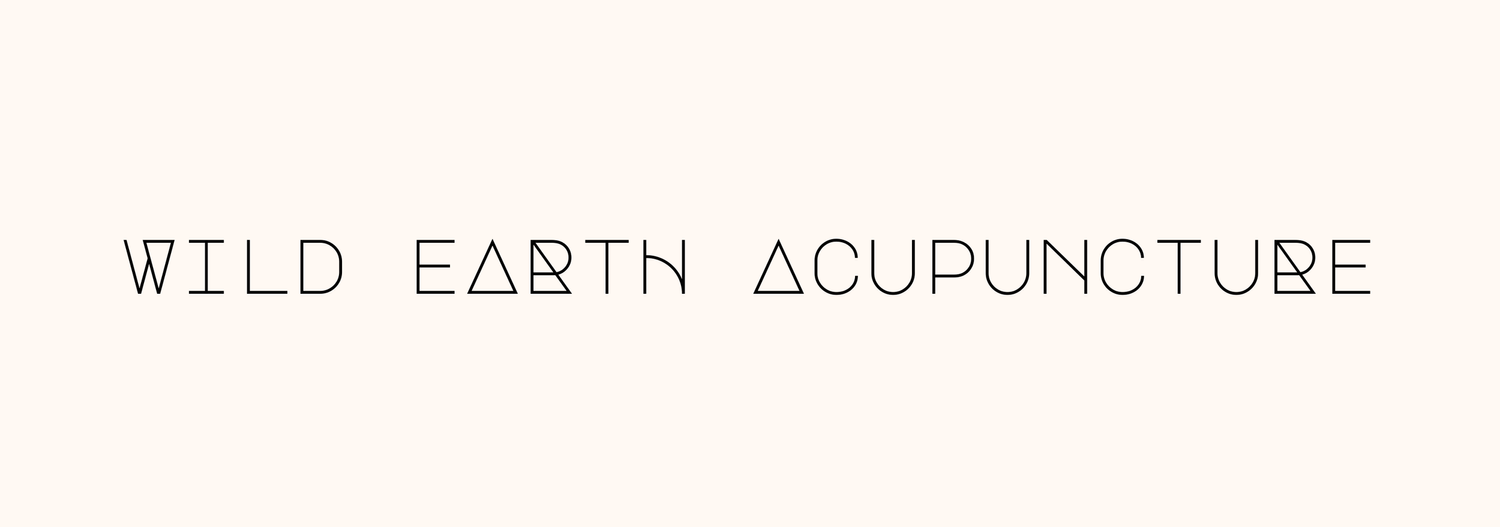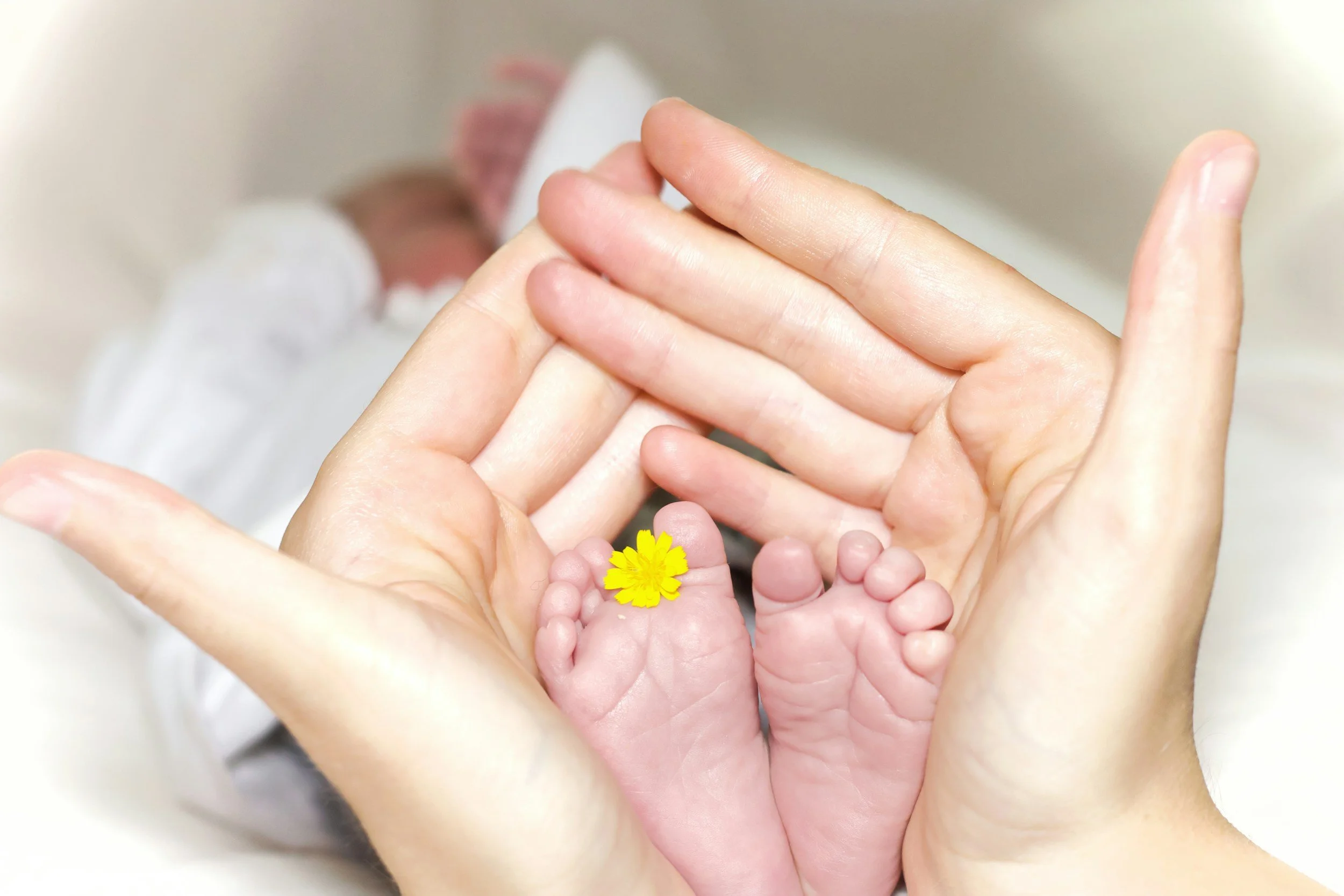Color Therapy and Connections to the Meridians in Chinese Medicine
Color therapy, or chromotherapy, is an ancient philosophy that utilizes colors to balance physical, emotional, and spiritual well-being. While color therapy has roots in various cultures, its integration with Traditional Chinese Medicine (TCM) is particularly fascinating. TCM, a holistic medical system that has been practiced for thousands of years, is based on the concept of Qi flowing through the body along specific pathways called meridians. This article explores the connections between color therapy and the meridians in Chinese Medicine, highlighting how colors can influence the body's energy flow and contribute to healing.
The Foundations of Color Therapy
Color therapy is based on the idea that colors, which are visible forms of light with different wavelengths, have specific effects on the human body and mind. Each color in the spectrum has its own frequency and vibration, which can influence various physiological and psychological processes. Practitioners of color therapy use these vibrational qualities to restore balance and harmony within the body. TCM explains in detail how each meridian or Organ System is associated with and resonates with specific color palettes.
The Role of Meridians in Chinese Medicine
In TCM, meridians are pathways through which Qi flows. There are twelve primary meridians, each associated with specific Organs and functions. These meridians are paired and correspond to the Yin and Yang principles, representing complementary forces in the universe and The Five phases or elements. Blockages or imbalances in the flow of Qi along these meridians are believed to cause illness. TCM treatments, such as acupuncture, acupressure, and herbal medicine, aim to restore the proper flow of Qi.
Integrating Color Therapy with Meridian Theory
The integration of color therapy with meridian theory involves understanding the relationships between colors, meridians, and the corresponding Organs. Each color is believed to resonate with specific meridians and can be used to influence the flow of Qi, thereby promoting healing.
The Power of Red: The Color of Vitality and Passion
Red is associated with the Fire element in TCM, which governs the Heart, Small Intestine, Pericardium, and San Jiao meridians. It is a stimulating color that can invigorate and energize. Red is often used to enhance circulation, boost energy levels, and address conditions related to the Heart and blood. For example, red light therapy can be applied to acupressure points along the Heart meridian to improve cardiovascular health and increase vitality.
Yellow in the Center: The Color of Clarity and Wisdom
Yellow corresponds to the Earth element and is connected to the Spleen and Stomach meridians. It is associated with clarity, intellect, and wisdom. Yellow can stimulate mental activity, improve concentration, and aid in digestive processes. Color therapists may use yellow to address digestive disorders and mental fatigue, applying it to the Stomach meridian to enhance digestion and promote clear thinking.
White: The Color of Purity and Transformation
White is linked to the Metal element, which governs the Lung and Large Intestine meridians. It is a color that signifies purity, clarity, and transformation. White can help purify the mind and body, enhance respiratory functions, and support the immune system. Using white-in-color therapy can improve Lung health and aid in detoxification processes. Applying white light to the Lung meridian can support respiratory health and promote overall well-being.
The Deep Depth of Black: The Color of Mystery and Depth
Black corresponds to the Water element, associated with the Kidney and Bladder meridians. It is a color that symbolizes mystery, depth, and introspection. Black can support the body's restorative processes, promote calmness, and strengthen the Kidneys. In TCM, the Kidneys are considered the root of life and vitality. Using black can enhance kidney health and balance the body's water metabolism. Applying black light to the Kidney meridian can bolster these effects. Even eating darker-colored foods can help boost these specific body processes.
Blues and Greens: The Colors of Growth and Harmony
Blue and green represent the Wood element, which governs the Liver and Gallbladder meridians. These colors are calming and symbolize growth, harmony, and renewal. Blue and green are often used to relieve stress, detoxify the body, and support liver function. By applying blue or green light therapy to the Liver meridian, practitioners can help detoxify the body and reduce tension, promoting overall well-being.
Practical Applications of Color Therapy in TCM
Integrating color therapy with TCM practices can be done in various ways, such as:
1. Color Visualization- Patients can visualize specific colors while meditating or practicing deep breathing exercises, focusing on the meridian associated with the desired color.
2. Colored Light Therapy- Practitioners can use colored lights directed at acupressure points along the meridians to stimulate or soothe specific organs and systems. Even biomass can be utilized and heated to specific temperatures to help emit specific frequencies associated with meridians. Read this article for my top three picks.
3. Healing Environments- Creating environments with specific color schemes can support the healing process. For instance, using green decor in a room can promote relaxation and stress relief.
The integration of color therapy and meridian theory in Chinese Medicine offers a holistic approach to healing that addresses both health's physical and energetic aspects. By understanding the connections between colors, meridians, and organs, practitioners can create personalized treatment plans that harness the therapeutic power of colors. This synergy can lead to profound healing and a deeper understanding of the body's intricate energy systems.































These foundational books offer a clear and accessible path into the world of Acupuncture and Chinese Medicine. Whether you're studying to become a practitioner or simply curious about the theory behind the treatments, these titles will deepen your understanding and appreciation for this ancient healing system, one thoughtful page at a time.